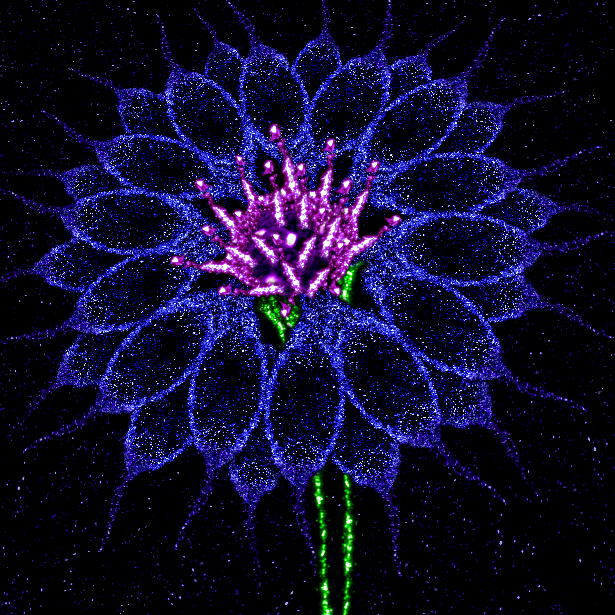Unfortunately, following the recent approvals, this month has seen less encouraging outcomes.
FOCUS-C9
The FOCUS-C9 trial testing a genetic therapy targeting C9ORF72 mutations has been discontinued. WVE-004 is an antisense oligonucleotide (ASO) which selectively targets the hexanucleotide repeat expansion associated with the C9orf72 gene, thereby sparing normal C9orf72 protein. The FOCUS-C9 trial was a global, multicentre, randomized, double-blind, placebo-controlled Phase 1b/2a clinical trial to assess the safety and tolerability of WVE-004 for people with C9-ALS and/or C9-FTD (frontotemporal dementia). Results from the trial showed WVE-004 was generally safe and well tolerated across doses, with most adverse events presenting as mild in intensity. Robust, sustained reductions in C9orf72 hexanucleotide repeat transcripts, which are hypothesized to contribute to the development of disease in C9-ALS/FTD were seen, showing the drug was hitting its target. However, no clinical benefit was observed at 24 weeks. Based on these data, and in the absence of biomarkers reasonably likely to predict clinical outcomes, Wave has decided to discontinue development of WVE-004.
Relyvrio
Relyvrio was recently approved in the US for treatment of MND. The company that developed Relyvrio, Amylyx, is now applying for approval in Europe, through the European Medicines Agency (EMA). An initial consideration of the treatment by the Committee for Medicinal Products for Human Use (CHMP) indicated they are trending toward a negative opinion on the application for conditional marketing authorisation of Relyvrio. This is not a formal decision with the final decision expected later in June. Currently, MND and ALS groups around the world are commencing campaigns to highlight the need for new MND treatments and asking the EMA to view the Relyvrio data positively as the FDA did. If a negative opinion is received in June, Amylyx intends to request a formal re-examination of the opinion, which is an approximately four month process.
NurOwn
BrainStorm Cell Therapeutics, a developer of adult stem cell therapeutics for neurodegenerative diseases, announced that the U.S. Food and Drug Administration (FDA) will convene a meeting of the Cellular, Tissue and Gene Therapies Advisory Committee (ADCOM) to review the Biologics License Application (BLA) for NurOwn®. NurOwn uses a patient’s bone marrow-derived mesenchymal stem cells, which are treated in the lab and delivered via intrathecal (spinal cord) injection. The treatment is intended to provide neuroprotection, promote new motor neuron growth, and improve nerve-muscle interactions through producing protective neurotrophic factors rather than developing new neurons. The advisory committee meeting has been scheduled for September 27, 2023. NurOwn has had a difficult path through the drug approval process. In 2019, NurOwn failed to meet the primary endpoint of a Phase III trial raising expert doubts over the treatment’s efficacy. The FDA then rejected NurOwn’s approval application in November 2022 before this recent unexpected reversal. Although the ADCOM meeting does not mean NurOwn will receive FDA approval, it does mean patient advocates, company representatives, and outside experts will have a public forum to weigh in on the treatment. There have been a number of strong anecdotal testimonials published online supporting NurOwn. However the results of the Phase III trial and the lack of published data from this trial means it is difficult to align these different outcomes. The ADCOM will hopefully provide a public forum for this to be clarified.
Dextromethorphan/quinidine for the treatment of bulbar impairment in amyotrophic lateral sclerosis in the Annals of Clinical Translational Neurology
No efficacious treatments exist to improve or prolong bulbar functions of speech and swallowing in MND. A study, from a group in Florida in the US, evaluated the short-term impact of a drug called Nuedexta (dextromethorphan/quinidine (DMQ)) on speech and swallowing function. Nuedexta is currently approved in the US (but not Australia) for the treatment of excessive laughing or crying, or involuntary emotional expression known as emotional lability or pseudobulbar affect (PBA). The trial tested Nuedexta for 28 days in approximately 30 patients. They saw a significant increase in the ALSFRS-R bulbar subscale score, as well as improvements in functional swallowing and speech. Although a small and short-duration trial, this is the first time that a pharmacologic intervention has shown the potential to improve or maintain bulbar function in MND. Longer and larger trials will now be needed to show if this effect is real.
A group of researchers, including MNDRA Bill Gole Fellow, Dr. Tom Shaw, have authored a paper on the HumanBrainAtlas.
The HumanBrainAtlas has been released. This is an initiative to construct a highly detailed, atlas of the living human brain that combines high-resolution MR imaging of living brains previously only possible in post mortem analysis. Post mortem histology-based atlases are more comprehensive, identifying as many as 800 structures, but histology is limited. By its very nature, it is post-mortem and the tissue appearance is significantly different from living (in vivo) MR images. The HumanBrainAtlas (HBA) addresses these limitations, combining the anatomical resolution of histology with in vivo MRI to remove handicaps to allow real-time and potentially linear studies. This will elevate the detail of MRI segmentations to the level of histology. The initial development has been down with two healthy volunteers but aims to expand as the project develops.
 | And something very cool created by Sean Keating, an MNDRA-funded PhD student at University of Queensland. A pretty unique cornflower for MND Week. |